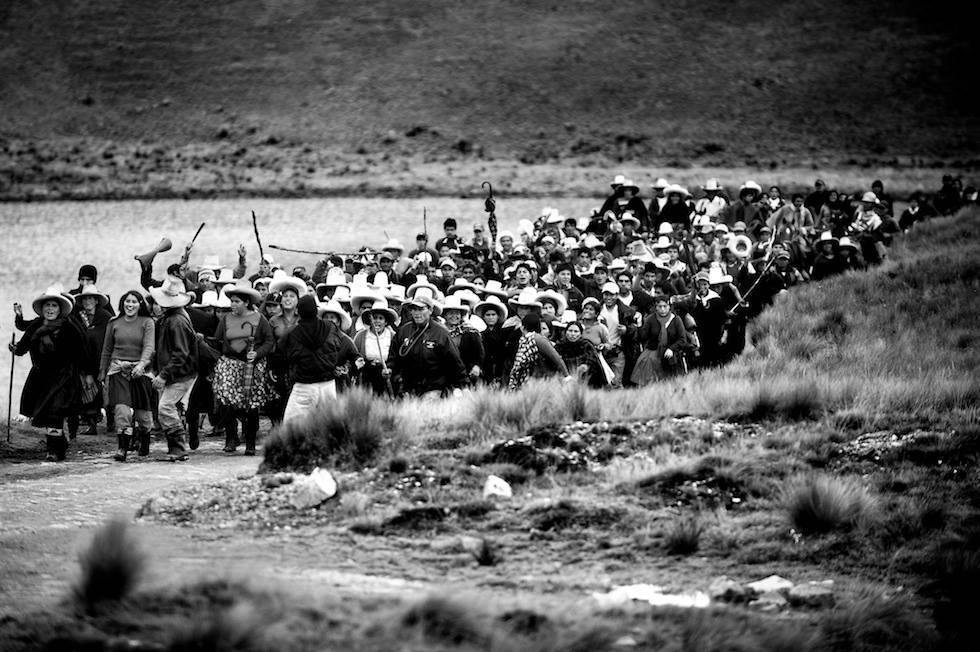Land and colonos in the colombian agricultural legislation
DOI:
https://doi.org/10.35004/raep.v9i2.98Keywords:
Settlers; agrarian legislation; baldíos; Colombia; colonizationAbstract
This article focuses on the review of the continuities and ruptures of Colombian agrarian legislation, with
which it is intended to legitimize, organize, distribute and deliver land from 1823 until the colonization process of 1961. These lands were cataloged with the adjective of baldías and were part of the vast territory that it had to be administered and included to the new Republic after the Spanish independence, but that in the absence of projects, mestizo population, vision and resources, were being left behind in the periphery. Likewise, the settler appears as a key subject in the development of rural and unknown Colombia in the late nineteenth and first half of the twentieth century, understood as the non-traditional peasant who was permanently after the search for new land, cleaned, adapted and it exploded with the idea of becoming an owner and in some cases, using them as a source of work to sell them to other new settlers. Emphasis is also placed on the government’s intention to favor-to a certain extent-and provide aid to national and foreign settlers who would like to have a plot, exploit it and thus expand the country’s economic frontier and contribute to its settlement.
Downloads
Published
How to Cite
Issue
Section
License
Copyright (c) 2019 Leidy Carolina Plazas Diaz

This work is licensed under a Creative Commons Attribution-NonCommercial-NoDerivatives 4.0 International License.


